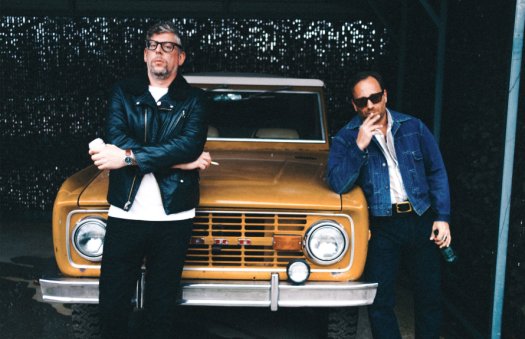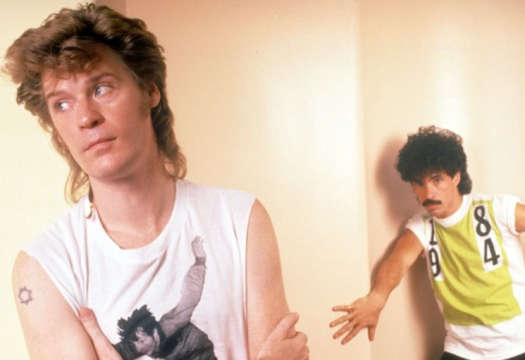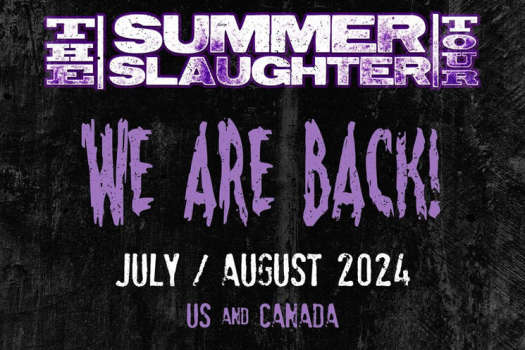Guillermo del Toro's latest film, The Devil's Backbone is a much needed antidote to the kind of terror that Hollywood has produced of late. For those who may be too young to recall, there was once a genre known as the horror film - not to be confused with the slasher film that dominated horror from the '70s until the late '80s, and most certainly not the so-called scary movie, a genre that has suffocated any whisper of the supernatural away from the genre in favour of sexified "Hardy Boys" whodunits (see the Scream trilogy, for example). Far too intelligent to craft his own work as a response to such films, del Toro here devotes his efforts (and, based on his giddy excitement at the Festival screening of his film, his heart and soul) to sharing a ghost story with his audience.
Set in Spain during the Spanish Civil War, The Devil's Backbone introduces us to 12-year-old Carlos (Fernando Tielve) who is left by his Republican tutor in care of the Santa Lucia orphanage, where the sympathetic Headmistress Carmen (Marisa Paredes), and Professor Casares (Chronos' Federico Luppi) hide gold ingots for the Republican army. In the orphanage's courtyard is a giant unexploded bomb that was dropped by a Fascist plane, an ever-ominous symbol of the struggle taking place just outside the walls of the compound. Carlos also sees the ghost of an orphan standing in the doorway to the kitchen. Over the next few weeks, Carlos learns from the other boys that he's been assigned to the bed of Santi, a boy who mysteriously disappeared the same night the bomb landed in the courtyard. While many of the boys think Santi may have fled the orphanage, Carlos grows increasingly certain that Santi is dead, and is in fact, the ghost responsible for the strange whispers and visions that has many of the boys terrified. Carlos also begins to accumulate evidence and suspicions that point to Santi's murderer.
But for del Toro, the mystery of Santi is only one part of the film's rich narrative. Employed by the Professor and Carmen is the grown-up orphan Jacinto (Eduardo Noriega), who is secretly plotting to steal the gold from the orphanage and escape with his lover, Conchita (Irene Visedo), who is seemingly unaware of the scheme. Meanwhile, the war is encroaching on the orphanage, and Casare and Carmen begin replacing paintings with Catholic icons, and have the boys carry a large Christ effigy into the courtyard.
What works best for The Devil's Backbone is the way that del Toro deftly connects these elements thematically. By focusing on 12-year-old Carlos, Backbone is able to tie Carlos's supernatural terror to the dread that infects the adults with respect to the war. In one scene, an older boy tells him that the bomb is still active, as he is certain that he can still hear the bomb's ticking, while in another, the bomb actually guides Carlos to Santi's ghost. Del Toro has certainly always shown a skill for uncovering the uncanny in everyday places and objects. As in Mimic, where the subway station had all the gothic terror of a haunted house, here, corners, keyholes, and dark passageways become places of fright. At the beginning of the film, a narrator asks, "What is a ghost?" going on to suggest that ghosts are more than just supernatural apparitions. A ghost, the film answers, is a moment in time, a repetition of events, a whisper. In this sense, The Devil's Backbone is filled with ghosts - Santi, the bomb, the crumbling orphanage, the whispers of war - and in another, the film itself - a meditation about a time and place, a collection of feelings and responses, and, more basically, a series of images frozen in time, repeated again and again in the cinema - is also a ghost.
The Devil's Backbone is an intelligent meditation on these questions, a fine coming-of-age film, and also a frightening ghost story. It is worth noting that the film bears the Sony Pictures Classics logo, not unlike last year's Crouching Tiger, Hidden Dragon. This was a personal project that was financed independently of the Hollywood studios, and later picked up for distribution by the studio. One is grateful that studios such as Sony Pictures still recognize good horror films, even if they are incapable of transcending the scary movie genre in their own endeavours.




